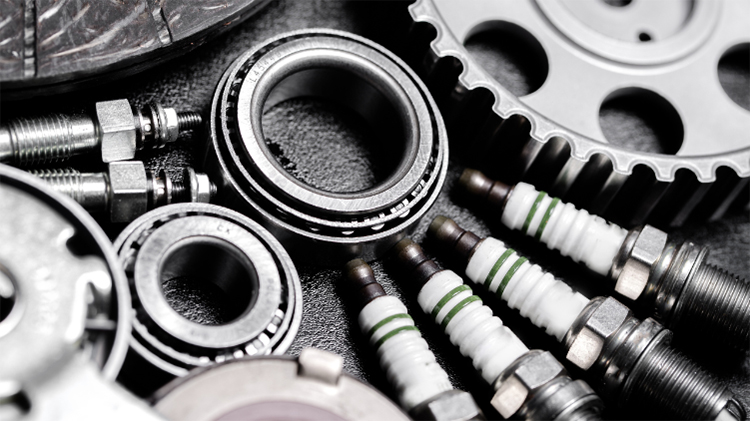Auto Parts Glossary

Navigating the world of auto parts can sometimes feel like learning a new language. With numerous technical terms and jargon, it's easy to get overwhelmed. However, having a basic understanding of auto parts terminology can greatly help you when it comes to purchasing, maintaining, and repairing your vehicle.
In this blog, we will provide a comprehensive glossary of key auto parts terms to empower you with the knowledge to make informed decisions. Let's dive into the world of auto parts!
1. OEM Parts
OEM (Original Equipment Manufacturer) parts are components that are made by the same manufacturer who originally produced the parts for the vehicle. These parts are designed to meet the exact specifications of the vehicle and ensure compatibility and optimal performance.
OEM parts are known for their high quality, reliability, and durability. When it comes to replacement parts, choosing OEM parts is often recommended to maintain the integrity of your vehicle.
2. Aftermarket Parts
Aftermarket parts are components that are produced by companies other than the original vehicle manufacturer. These parts are produced by third-party companies and are designed to fit and function similarly to the original parts. Aftermarket parts offer a wider range of options in terms of price, customization, and availability. However, it's important to note that the quality and compatibility of aftermarket parts can vary, so it's essential to do thorough research before purchasing.
3. Engine
The engine is the heart of a vehicle and is responsible for generating power to propel the vehicle. It converts fuel into mechanical energy through a combustion process. The engine consists of various components such as cylinders, pistons, crankshaft, and camshaft, all working together to ensure the smooth operation of the vehicle.
4. Transmission
The transmission is a vital component that transfers power from the engine to the wheels, enabling the vehicle to change gears and move. It controls the speed and torque of the wheels by using gears, allowing the driver to shift between different driving modes, such as park, reverse, neutral, and drive. The two main types of transmissions are manual and automatic, each with its operating mechanism.
5. Suspension
The suspension system of a vehicle is responsible for ensuring a smooth and comfortable ride by absorbing shocks and vibrations from the road. The suspension system comprises a variety of components, including springs, shock absorbers, struts, and control arms. The suspension system plays a crucial role in maintaining the stability, handling, and overall safety of the vehicle.
6. Brakes
The brake system is essential for safe vehicle operation and consists of several components working together to slow down or stop the vehicle. Key components include brake pads, rotors, calipers, and brake lines. When the driver presses the brake pedal, hydraulic pressure is applied to the brake pads, creating friction against the rotors and resulting in the vehicle's deceleration.
Conclusion
Having a good grasp of
auto parts terminology is essential for any car owner or enthusiast. Understanding terms like OEM parts, aftermarket parts, engine, transmission, suspension, and brakes can help you make informed decisions when it comes to purchasing, maintaining, and repairing your vehicle.
Return to Blog